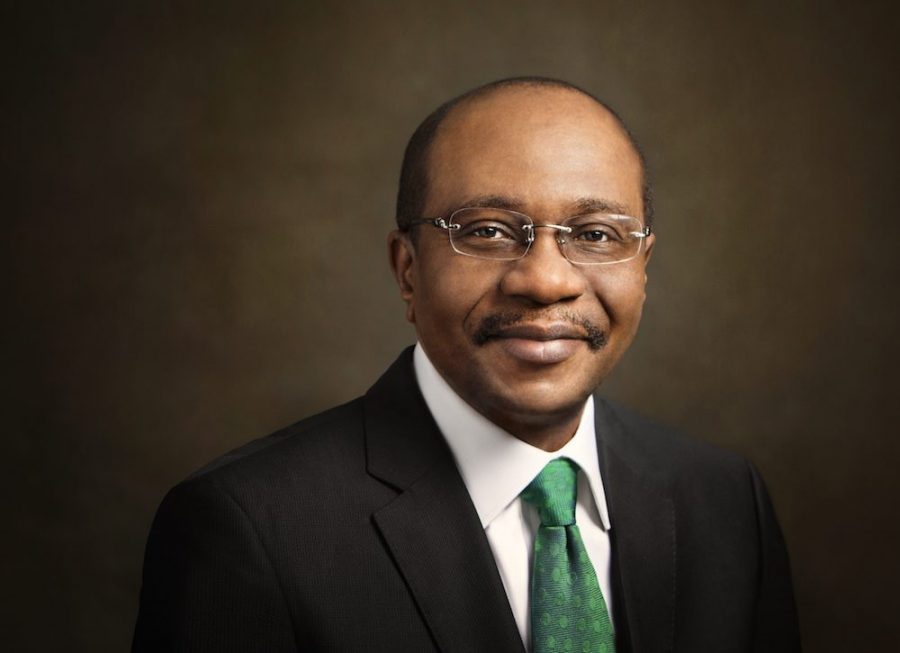The Monetary Policy Committee (MPC) of the Central Bank of Nigeria (CBN) has raised the Cash Reserve Ratio by 500 basis points to 27.5%.
Governor, CBN, Godwin Emefiele, disclosed this while reading the communique at the end of the first MPC meeting in the year 2020 on Friday in Abuja. Meanwhile, other parameters such as Monetary Policy Rate (MPR), Liquidity ratio, and asymmetric corridor remain unchanged.
Highlights of the Committee’s decision
- MPR was kept at 13.50%
- The asymmetric corridor of +200/-500 basis points around the MPR was retained.
- CRR was raised from 22.5% to 27.5%, up by 500 basis points
- The Liquidity Ratio was also kept at 30%
According to Emefiele, the decision of the MPC to raise the CRR is informed by recent inflationary pressure in the economy. Also, the CBN Governor stated that the decision to hold other rates was informed by the conviction of the committee members that there is a need to observe the response of the economy to several policies introduced by the Central Bank.
[READ: FG concludes plan to borrow N2 trillion from Pension Fund]
The CBN Governor, the Loan to Deposit ratio raised alongside OMO restriction pushed liquidity high in the economy, while border closure has also exacerbated the inflation rate, which is inimical to growth.
The Inflation Concerns, raising CRR
In the communique later released by the CBN, the MPC stated that the persistent increase in the inflation rate, which stood at 11.98% in December 2019 is a source of concern. Hence, the committee disclosed that inflation above 12% is inimical to output growth in the Nigerian economy.
The MPC also noted that the rising price level is attributable to a combination of expansionary fiscal policy and growth in money supply arising from rising liquidity surfeit in the industry due to changes in the Bank’s OMO policy.
In view of the anticipated medium-term liquidity surfeit from maturing OMO bills held by local private and institutional investors, the Committee stated it is prudent to raise the CRR to curtail liquidity surfeit in the banking system.
According to the MPC, increasing the CRR at this time is fortuitous as it will help address monetary-induced inflation whilst retaining the benefits from the Bank’s LDR policy, which has been successful in significantly increasing credit to the private sector as well as pushing market interest rates downwards.
Keeping MPR, others constant
On the arguments to tighten, the MPC stated that given that inflation rate inched up in December 2019 and that the rate is still above the upper band of the 6-9% threshold, hence, tightening may be necessary to tame the rising trend in inflation.
Moreover, raising rates would reinforce the stability of the foreign exchange market as an upswing in the rate will inhibit demand pressures in the market through a decline in money supply.
While explaining the decision to hold MPR, the MPC stated that a mix of several monetary and financial policy measures have recently been deployed by the Bank. Hence, maintaining monetary policy rate at its present level is essential for sustainable support to growth before any possible adjustments.
According to the MPC, keeping MPR constant will enable recent policy measures to react suitably to developments as they occur in the near term. In addition, the Committee stated that retaining the current policy position provides avenues to evaluating the impact of the heterodox monetary and financial policies to support lending by the banking industry without altering the policy rate.
